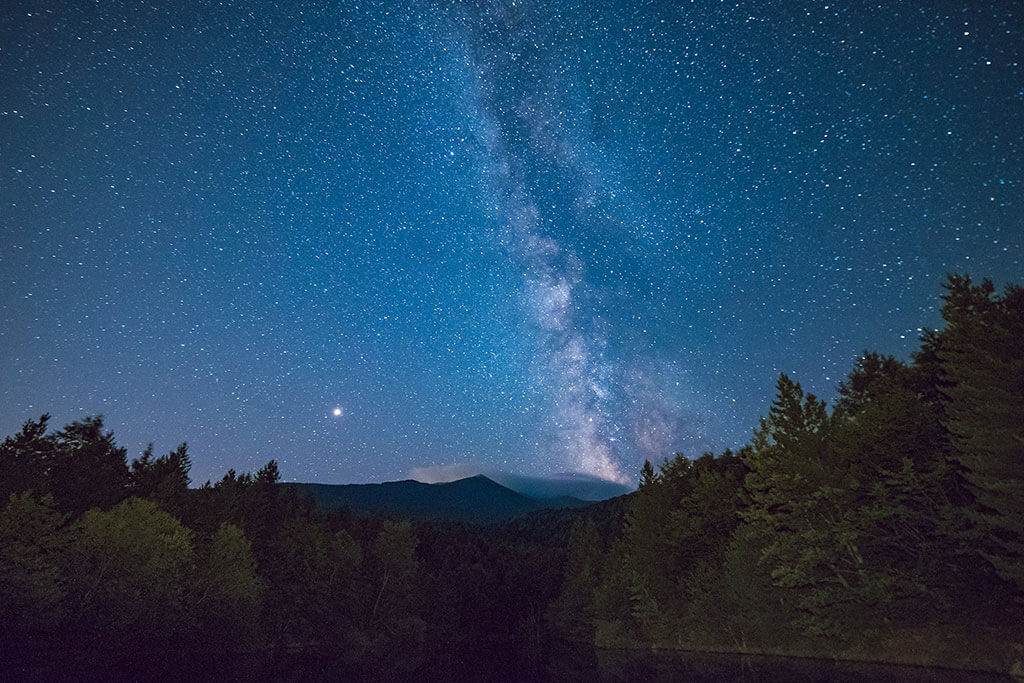
28
April
RASC Mississauga: Riverwood Public Observing Night
Explore the universe with members of the Royal Astronomical Society of Canada. Large telescopes will be set up to give you amazing views of our Moon, the planets and more! Meet at the Chappell House Lawn. In case skies are not suitable for star-gazing on the scheduled date, the event will take place on Wednesday, April 29 at the same time.

24
March
RASC Mississauga: Riverwood Public Observing Night
Explore the universe with members of the Royal Astronomical Society of Canada. Large telescopes will be set up to give you amazing views of our Moon, the planets and more! Meet at the Chappell House Lawn. In case skies are not suitable for star-gazing on the scheduled date, the event will take place on Wednesday, March 25 at the same time.

2
May
York Woods Library: Listening for Black Holes: Einstein's Unfinished Symphony
Kipp Cannon is a Senior Research Associate at the Canadian Institute for Theoretical Astrophysics. His research is in the field of gravitational wave astronomy, which is the use of minute warps in space and time to learn about the collisions of black holes and other compact objects deep in the universe. He is a member of the LIGO Scientific Collaboration and is the Principle Investigator for the Canadian effort in this project.

10
April
UofT Planetarium: Following Voyager: A Tour of the Solar System and Beyond
Showtimes: 7:00pm, 8:00pm, and 9:00pm
The Voyager space probes together were the first human-made objects to visit all of the outer planets in our Solar System, and are currently headed into interstellar space. We will retrace their extraordinary journey, and put our place in the universe into perspective.
If you have questions please contact planetarium@universe.utoronto.ca

5
March
UofT AstroTour: Interstellar: The Science Behind the Movie
Speaker: Ari Silburt

26
February
ASX: Riding the Tide on Black Holes
Eric Poisson, Professor, Department of Physics, University of Guelph

6
March
Total Solar Eclipse Tour Indonesia 2016
The RASC Toronto Centre and Bestway Tours & Safaris are pleased to announce that reservations are being accepted for the Centre’s expedition to observe the total solar eclipse on 9 March 2016 from Pangkalan Bun on the island of Borneo in Indonesia. This 13-day tour also includes visits to the historic temples of Borobodur and 4 days on Bali.

29
May
Goldhawk Park Library: Exploring the Universe
The Universe is very large and all of it is very far away. Even the edge of the Solar System is inexplicably far away. Come and hear about how we have used telescopes and space missions to learn about our Solar System and beyond! With Jielei Zhang.
What's Out There? Lectures in Astronomy is presented in collaboration with the Dunlap Institute for Astronomy & Astrophysics.

26
May
St. Lawrence Library: Cosmology, Cell Phones and Video Games
For a decade, Dr. Keith Vanderlinde has built telescopes to study the universe. Using technologies that have made cell phones and video games staples of modern culture, he and other scientists are building a massive radio telescope in Penticton, B.C., which will map a larger volume of space than ever before attempted.
What's Out There? Lectures in Astronomy is presented in collaboration with the Dunlap Institute for Astronomy & Astrophysics.

18
February
Dunlap Institute: Astronomy on Tap T.O.
Quench your thirst for astronomy!
...on Wednesday, February 18th, at the next Astronomy on Tap T.O. It'll be another fun evening of mind-expanding talks, games, prizes and conversation about the cosmos. All while you enjoy your favourite pint or cocktail.
Plus, there'll be plenty of time for you to talk to the astronomers in attendance to get all your cosmic questions answered.
